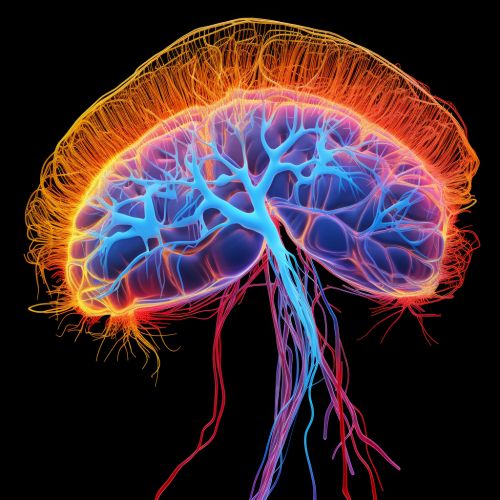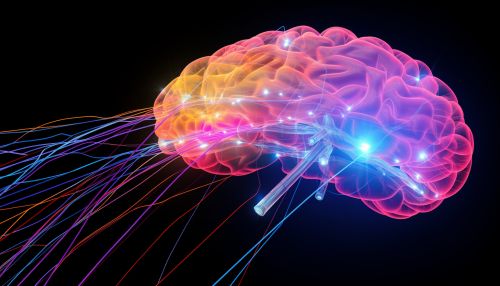Motor Control
Overview
Motor control is a complex process that involves the brain, nerves, and skeletal muscles working together to produce movement. This process is essential for all physical activities, from simple reflexes to complex, coordinated movements. Motor control is a broad field that encompasses several disciplines, including neuroscience, physiology, and psychology. It is a fundamental aspect of health and human performance, with implications for a wide range of conditions and activities, from sports performance to rehabilitation after injury or disease.


Anatomy and Physiology of Motor Control
The motor control system is a complex network of structures and pathways in the nervous system that coordinate movement. It involves the central nervous system (CNS), which includes the brain and spinal cord, and the peripheral nervous system (PNS), which includes the nerves that connect the CNS to the rest of the body.
Central Nervous System
The CNS plays a crucial role in motor control. The primary structures involved in this process are the cerebral cortex, the basal ganglia, the cerebellum, and the spinal cord.
The cerebral cortex is the outermost layer of the brain and is responsible for higher-level functions, including voluntary movement. The motor areas of the cortex send signals to the muscles to initiate movement. The primary motor cortex, located in the frontal lobe, is particularly important in this process.
The basal ganglia are a group of structures located deep within the brain. They play a key role in initiating and controlling movements, particularly automatic movements and habits.
The cerebellum is located at the back of the brain and is involved in coordinating and fine-tuning movements. It receives information from the sensory systems and the other parts of the brain involved in motor control and uses this information to ensure smooth, accurate movements.
The spinal cord is the main pathway for information flowing back and forth between the brain and the rest of the body. It contains motor neurons that send signals to the muscles, as well as sensory neurons that relay information from the body back to the brain.
Peripheral Nervous System
The PNS includes the nerves that connect the CNS to the rest of the body. The motor division of the PNS includes the somatic nervous system, which controls voluntary movements, and the autonomic nervous system, which controls involuntary functions such as heart rate and digestion.
The somatic nervous system includes motor neurons that connect the CNS to the skeletal muscles. These neurons transmit signals from the brain to the muscles, causing them to contract and produce movement.
The autonomic nervous system does not directly control movement, but it can influence motor control by regulating functions such as heart rate and blood pressure, which can affect muscle function and fatigue.
Motor Control Theories
There are several theories that attempt to explain how the nervous system controls movement. These theories provide a framework for understanding motor control and have implications for research and practice in fields such as physical therapy, sports science, and robotics.
Hierarchical Theory
The hierarchical theory of motor control proposes that movement is controlled by the brain in a top-down manner. According to this theory, the cerebral cortex is at the top of the hierarchy and controls the execution of movement by sending signals to the lower levels of the nervous system.
Systems Theory
The systems theory of motor control suggests that movement is the result of the interaction of multiple systems, including the nervous system, the musculoskeletal system, and the environment. This theory emphasizes the importance of feedback in controlling movement and the role of the environment in shaping movement patterns.
Dynamic Action Theory
The dynamic action theory of motor control proposes that movement is the result of the interaction of multiple factors, including the individual's goals, the characteristics of the task, and the environment. This theory emphasizes the role of the individual's intentions and goals in shaping movement patterns.
Motor Learning
Motor learning is a related field that focuses on how individuals learn and refine motor skills. It involves changes in the nervous system that result in improved performance of a motor task. Motor learning is a critical aspect of many activities, from learning to walk as a child to mastering a sport or musical instrument.
Motor learning theories propose different mechanisms for how individuals learn and improve motor skills. These theories have implications for how motor skills are taught and practiced, and they can inform interventions for individuals with motor control disorders.
Motor Control Disorders
Motor control disorders are conditions that affect an individual's ability to control movement. These disorders can result from damage or disease in the parts of the nervous system involved in motor control, such as the brain, spinal cord, or peripheral nerves.
Motor control disorders can have a significant impact on an individual's ability to perform daily activities and maintain independence. They can also affect an individual's participation in sports and other physical activities.
Examples of motor control disorders include Parkinson's disease, stroke, multiple sclerosis, and cerebral palsy. These conditions can result in symptoms such as tremors, muscle weakness, coordination problems, and difficulty initiating or controlling movements.
